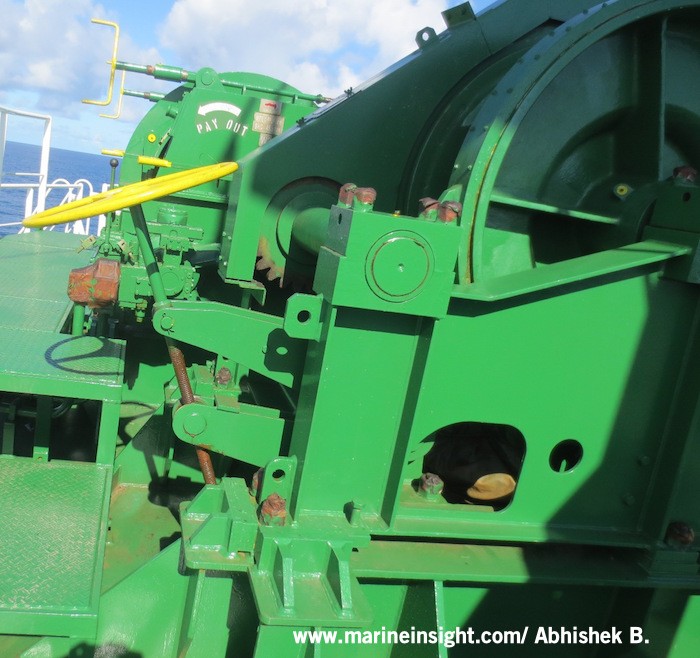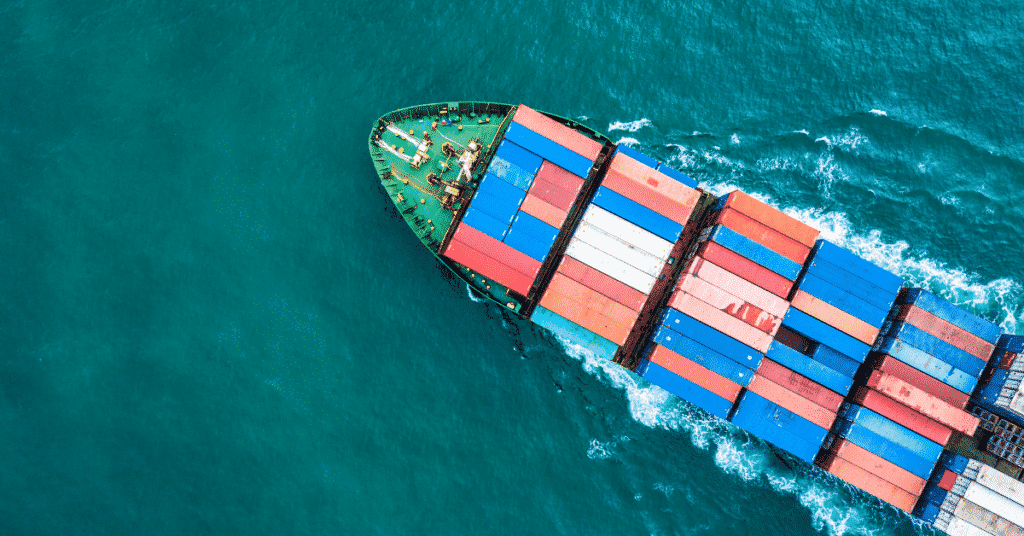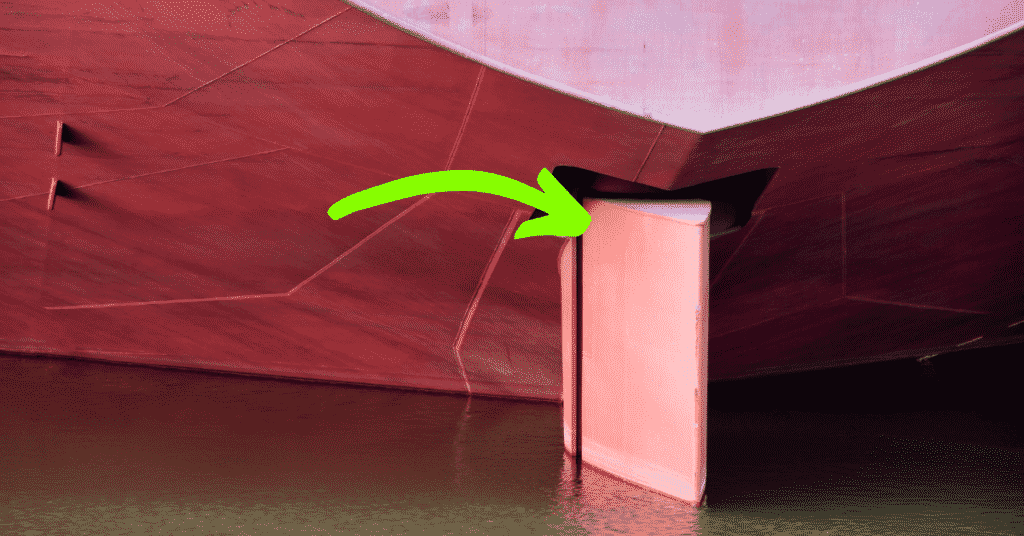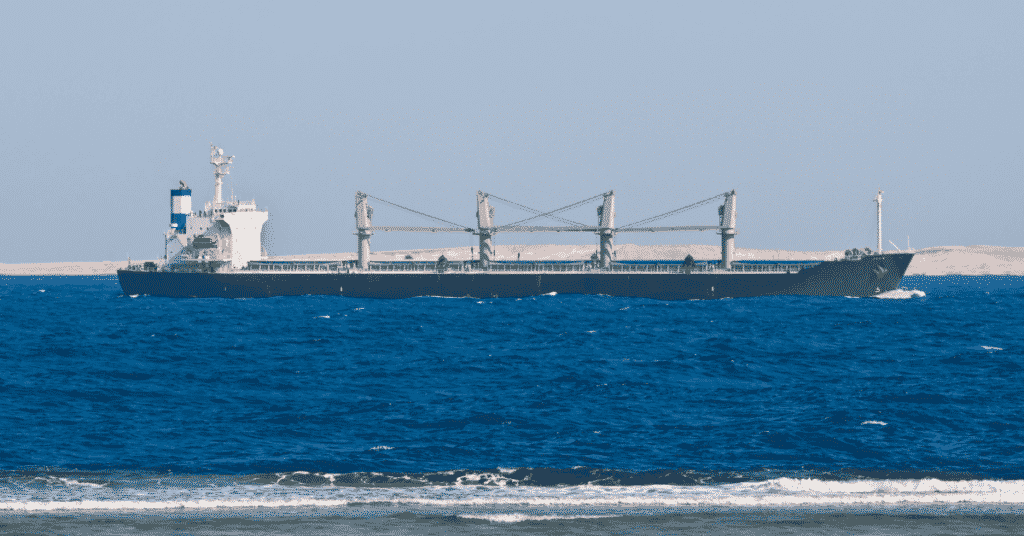Anchor Windlass – Understanding Design And Operation
Anchors play a critical role in the maneuvering of ships and aid them in safely docking at ports and on the high seas. To keep an entire vessel (weighing a few hundred tons) in place, a heavyweight known as the anchor head provides the resistive forces.
Have you ever wondered how such a heavyweight is lowered and raised from the ocean bed or seafloor?
A mechanical device known as the anchor windlass is used for this very purpose.
A windlass refers to any pulley or mechanical system used to shift large weights in a vertical or horizontal direction. It was invented by the ancient Greek scientist Archimedes and was used for general purposes such as to draw water from wells or to aid in lifting heavy construction equipment.
As technology advances have placed larger demands on the shipping and goods transport industry, heavier anchors required to stop larger ships have also been pressed into service.
Owing to this, advanced anchor windlass systems have also been used to effectively operate the anchor and associated machinery. In this article, we will examine what an anchor windlass is, and how it operates.
Basic Design of a Windlass
A windlass is any device used to move considerably heavy weights using a pulley system. A barrel with a chain or cable wound around it is operated using a belt or crankshaft. This shaft provides a circular motion that is able to lift heavy weights without having to expend the energy needed to normally haul it.
The crank can either be operated manually (as in the case of drawing water from wells) or using a motor (used in large construction cranes) and is attached to the barrel in such a way that it can rotate about a central axis.
The principle behind using a pulley design is that large weights can be lifted by distributing the load between multiple cables instead of a single chain. Thus, by exerting a limited amount of effort, a considerably heavier load can effectively be raised.
The issue with using such types of designs is that a large strain is placed on the cable or chain used to shift the load. In case the mechanism is stopped midway through operation, adequate steps have to be taken to prevent the cable from breaking under tension.
Most materials can suffer from fatigue or stress-related failure under loads of tension. Thus, for an anchor windlass that has to lift a weight of nearly a ton, specialized mechanisms have to be used to ensure that the weight of the anchor head is taken off the anchor rode while the operation is stalled. This will be discussed in further detail in the below sections.
Where is the Windlass Located?
On ships and large vessels such as container vessels or oil carriers, the windlass is located in a specialized location at the fore of the ship, known as the windlass chamber or room. However, some vessels also have the windlass positioned on the forecastle deck.
The benefit of having the windlass on the deck is that it allows a higher degree of control while operating the device. In addition, space that would have been occupied by a windlass chamber can now be effectively used for storage, which is a high-demand commodity on board any ship.
Having the windlass on the deck would also make it more accessible in the event of emergencies. Personnel on board would find it easier to operate, especially in the case of a manual or partially-manual system, if the windlass is positioned on the upper deck as compared to a closed room.
However, having the windlass on the upper deck also raises the possibility of damage due to the elements. In general, the forecastle deck is subject to green water loading (rare, but still a possibility) and bow slamming.
Green water loading refers to any water that accumulates on the deck of the ship as a result of high waves. Although the forecastle deck is designed to prevent this, natural elements such as waves are unpredictable, and there is still a high chance of getting the windlass equipment wet.
Another issue is bow slamming.
During storms, the fore of the vessel is sometimes momentarily lifted off the water surface, and then comes crashing down at the base of the ship’s bow.
This jarring impact can have adverse effects on an open windlass system. Lastly, the issue with having the windlass on the upper deck is that it presents a safety hazard that can obstruct personnel movement.
On small crafts, a windlass is not present, as the anchor head does not weigh a lot. For medium-sized vessels, a single windlass is often used to control the anchors on the port and starboard side.
This is a simple mechanism, that uses a single windlass drum to control the anchor rode for both sides. However, for larger ships that require a higher degree of precision, the anchors on both sides are given separate windlass systems.
Such a design is known as a split windlass and is effective in executing tight manoeuvres while the ship is either at a port or while it is at sea.
How an Anchor Windlass Works
An important point to note about the naming of the word “windlass” is that it generally refers to only horizontal motion of the weight.
The “capstan” is the equipment used for vertical motion. To be used effectively, a windlass is often combined with a capstan to afford a larger degree of control to the captain or personnel manning the winch.
The setup is used to release, hold and manipulate the anchor chain, which is made up of metal links. These links fit onto notches or grooves on the central windlass barrel that releases the links gradually.
Although the windlass can be controlled remotely from the bridge of the vessel, it can also be manually cranked using a system of levers and brakes present adjacent to the windlass.
To release or lower the anchor into the water, there are two possible methods of manipulation- powering down the anchor or allowing the head to fall freely.
Each has its own benefits, although the powered option is often used on ships and large vessels. The powered option uses the windlass to slowly revolve in a direction that pays out the anchor chain. Once the markers on the anchor chain indicate that the required length has been paid out, the crank operator can then apply a braking action to the windlass barrel.
The benefit of using this method is that the heavy falling anchor head does not suddenly exert a large force on the hull of the ship, because of the gradual lowering of the large weight. Thus, a larger amount of control is exercised.
In addition, it is also possible to position the anchor head to the required location by manipulating the windlass controls. The free-fall option is more commonly used on small and medium crafts.
This is because they have a relatively low freeboard, that allows the surface of the water to dampen the force of the falling weight. However, it can still cause a small amount of flooding on the deck, or create large oscillations that could pose a problem to the stability of the vessel.
The advantage of using the free-fall option is that it is considerably faster than having to slowly crank the winch. However, there is almost absolutely no control over where and how the anchor lands in the water.
The various components that make up the anchor windlass broadly include- the winch, dog clutch, chain wheel drum, pawl bar, and hawsepipe.
As discussed earlier, for reeling out the anchor rode, a crankshaft rotates the windlass drum. This cranking motion is provided by a winch positioned next to the windlass itself.
The winch is powered by an electric or steam-based motor that winds a strong cable around it. The drum on which this cable sits is known as the winch drum. As this drum rotates, it turns a dog clutch, that can be engaged or disengaged by the windlass operator.
This clutch is attached to the larger windlass drum known as the mooring drum or chain wheel. When not in use, or during an emergency, the dog clutch can be disengaged.
The clutch rotates the chain wheel on which the large anchor rode is moored. There are grooves cut out in the chain wheel, to allow for the rode links to be properly gripped. The mooring drum uses a gypsy to secure the anchor rode in place, so that the links do not slip.
As the winch rotates the chain wheel, the rode is slowly paid out through the hawsepipe, which is an opening located on the side of the hull on which the anchor head sits. However, when it is time to hold the anchor rode in place, a pawl bar is used to grip an anchor link and restrain the entire rode.
This pawl bar is often replaced by a device known as the Pelican Hook or the Devil’s Claw. These use a hooking mechanism to secure the link and keep it in place.
However, these mechanisms cannot be released while still under tension. As the entire setup remains under tension, the chain wheel is put in reverse so that the pawl bar can be safely disengaged. Once this is done, the entire anchor can be lowered or raised by the operator.
The controls behind the entire anchor operation are operated using hydraulics in addition to a manual safety override. For instance, the winch drum and chain wheel have hydraulic brakes that can be controlled by the operator using a systems console.
However, in case of a systems failure, there is a provision for a manual override wheel that enables the drum to be stopped. This provides an additional layer of safety, especially since mishaps involving heavy anchor heads and the rode can be fatal.
The manner in which the anchor windlass operates is through the following steps given below:
- The electric motor turns a winch that rotates the winch drum.
- The dog clutch is first engaged and then activated using the winch.
- The clutch begins to crank the chainwheel in a specified direction, and at a specified speed.
- The gypsy is used to contain and control the anchor chain during the entire operation.
- The chain is lowered through the hawsepipe until a desired rode length has been achieved.
- A pawl bar or Devil’s Claw is used to restrain the anchor rode in place.
- To release the pawl bar, the chainwheel relieves it of any tension from the rode by being put in reverse.
- The chain can then be lifted by simply reversing the direction of the winch drum.
- Safety Precautions and Conditions
Maintaining safety is essential while working with heavy machinery such as the anchor windlass. To obtain a factor of safety in the operation of the anchor windlass, the windlass must be able to completely raise or lower the anchor head at any speed within its given operating rpm range.
In addition, the maximum torque applied on the chainwheel or anchor drum at any time must always lie safely within the operating ranges, and not at an extreme value.
In addition, the location of the windlass must always lie within safe operating environments. For instance, if a windlass or the chain locker is located within the deck inside the chamber, there must be proper provisions to ventilate the rode.
There is a high chance for the growth of microorganisms on the links when the chain is stored in a dark and closed room.
To get rid of any waste or organisms on the chain, small hoses are attached to the hawsepipe, such that the chain hauled into the chain locker is cleaned.
Related Reading: Important points for windlass maintenance
Along with this, if the setup is stored within the deck, there is a chance of the chain links twisting and entangling the entire setup. Thus, there must be sufficient provisions to separate individual links and stop the entire process.
In the case where the windlass is constructed on the forecastle deck, there is a high chance that wind and waves may damage sensitive equipment on board.
Thus, when not in use, the anchor windlass must be covered or protected with water-proof and insulated materials. This includes tarpaulins lashed on to the deck or a stiffened polyester enclosure.
In addition, the various pipes and components of the windlass must be sufficiently illuminated and demarcated, so as to prevent any mishaps due to their odd location.
Any sharp edges that may come in contact with personnel or passengers must be ground down to within an acceptable radius of curvature. By following these strict safety protocols, it is possible to safely use the windlass anchor without causing any accidents.
Disclaimer: The authors’ views expressed in this article do not necessarily reflect the views of Marine Insight. Data and charts, if used, in the article have been sourced from available information and have not been authenticated by any statutory authority. The author and Marine Insight do not claim it to be accurate nor accept any responsibility for the same. The views constitute only the opinions and do not constitute any guidelines or recommendation on any course of action to be followed by the reader.
The article or images cannot be reproduced, copied, shared or used in any form without the permission of the author and Marine Insight.
Do you have info to share with us ? Suggest a correction
Latest Naval Arch Articles You Would Like:
Subscribe To Our Newsletters
By subscribing, you agree to our Privacy Policy and may receive occasional deal communications; you can unsubscribe anytime.
Web Stories

About Author
Ajay Menon is a graduate of the Indian Institute of Technology, Kharagpur, with an integrated major in Ocean Engineering and Naval Architecture. Besides writing, he balances chess and works out tunes on his keyboard during his free time.


























Hi, while lifting an anchor and if the winch is stopped mid-way, is it supposed to hold the anchor (for a few seconds) without the application of brake or without a chainstopper.